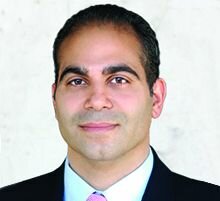It is estimated that around 50% of patients with anal abscesses will experience an anal fistula. Anal abscesses occur when one of the small glands just outside the anus becomes clogged and potentially infected. An anal fistula results when a tunnel forms under the skin. This tunnel can connect the clogged gland to the primary opening of the anal canal.
When an anal fistula happens patients may experience a variety of symptoms. The most common of these are:
- Pain
- Swelling
- Redness
- Fatigue
- Bleeding
- Drainage
To find out more about anal fistulas and treatments such as anal fistulotomy in Los Angeles, contact the Fissure and Fistula Center of Excellence.
Treatment for Anal Fistulas
A number of different treatment methods can be used to address an anal fistula. These include:
Fistulotomy – An outpatient procedure that requires the surgery to open the fistula and often remove a small portion of the anal sphincter. After this, the tunnel is opened and converted into a groove, allowing the fistula to heal.
Fistulectomy – A procedure done to completely remove the fistula.
LIFT – Also known as ligation of intersphincteric fistula tract, this procedure closes the internal opening of complex or deep fistulas.
Endorectal Advancement Flap – A procedure used to treat complex fistulas or those with a high likelihood of incontinence. During the procedure the advancement flap is removed from the skin around the anus and reattached over the opening of the fistula.
Fistula Plug – A procedure that involves plugging the fistula with a piece of small intestinal submucosa.
Anal Fistulotomy Los Angeles
Are you looking for the latest and best anal fistula treatments? Contact our experts today at the Fissure and Fistula Center of Excellence to schedule an appointment.
Next, read about fistula plug Beverly Hills.









